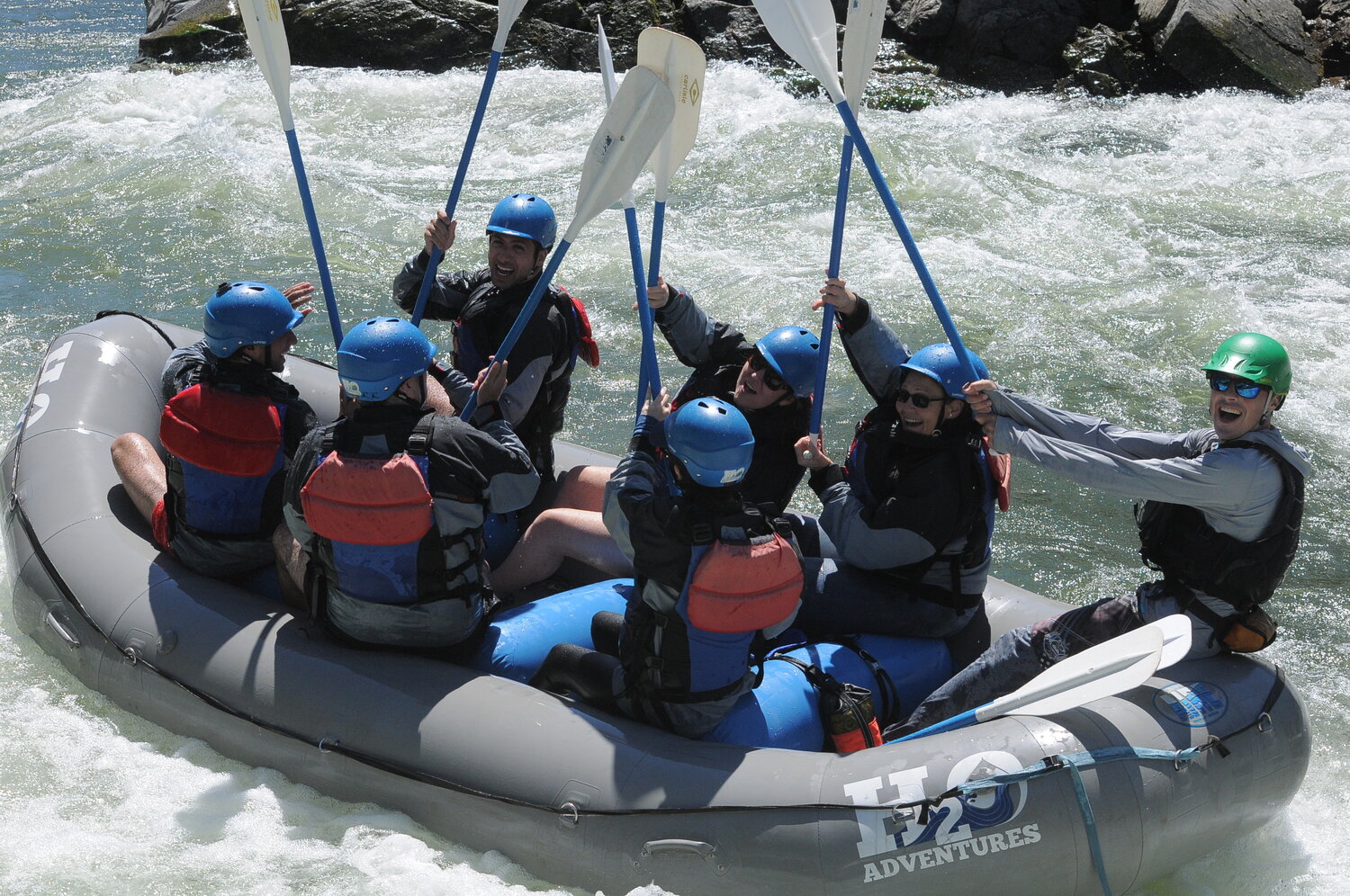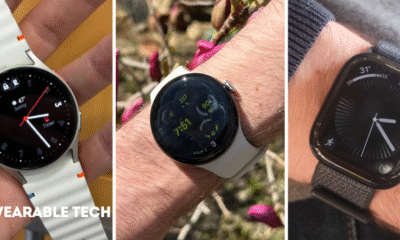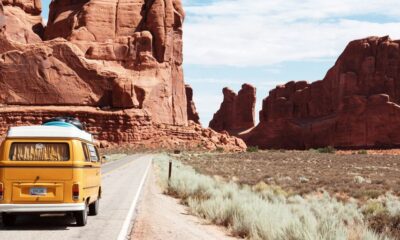Holidays
Top 4 Rivers to Go Rafting This Summer

National Wild and Scenic Rivers were first established in 1968 by the US Congress. The designation is meant for rivers and waterways with unique and breathtaking scenery, geologic, recreational, fish & wildlife, cultural, or historical values. It stipulates that these rivers and canals be preserved in their natural, free-flowing conditions, and their immediate surroundings are secured to serve and entertain the present and future generations.
Currently, 12,347 miles are protected along 208 rivers in 40 states. Here are some suggestions to help you experience the thrill of your underwater heritage.
Klamath River in California
Designated in 1981, this river has a total length of 286 miles. It has some exquisite features that are excellent for a memorable family river trip. They include exciting rapids, warm water, bald eagles, and camps located on beautiful spots along the river. You can watch as the fire’s sparks intermingle with other stars. The upper section of Klamath has more vigorous rapids of Class IV power as it flows out of Oregon. However, the Lower Klamath has a slower pace suitable for those going for their first rafting trip. The starting point is Happy Camp, and the average water temperature is 70⁰ F. Dip your paddles and follow the river to the west. Note to keep an eye out for raptors from the sky, otters from the water beneath, and black bears along the river banks.
Allagash Wilderness Waterway, Maine
Designated in 1970 and has a length of 92.5 miles.
The 92.5 miles of ponds, lakes, streams, and rivers cutting through blueberry and along the bear-inhabited North Maine Woods are the most iconic rafting setting you can find in the United States. Get ready for the six-day, 62-mile adventure, starting from Churchill Dam to Allagash Village. Allagash waterway offers some incredible Class II Rapids, Lakes, and a mandatory 3-mile portage around 40-foot Allagash Falls. You can look for eagles, moose, common terns, and Katahdin popping out above the forest canopy during the daytime. At nighttime, you are welcome to camp at any of the 40 identified sites as loon’s calls soothe you to a peaceful sleep.
Visiting the waters during September is a sure bet. This is when the fall colors from quaking aspen and red maple contrasts against the deep greens.
Middle Fork of the Salmon, Idaho
The entire length is 104 miles and was designated in 1968
Passing through the Frank Church-River of No Return, with its massive rapids through the wilderness, Middle Fork of the Salmon is considered the ultimate destination for everyone seeking to feel what american river rafting is all about. As a result, getting a permit is very tough, especially during the lottery period.
It’s better to visit the location during the summer. This is when the crowds begin to subside, and trout are preparing for the nearby winter. The best part of the adventure is the Hot springs present in the camp, which you are welcome to experience all eight nights. Do not forget to visit the Hospital Bar (mile 53). There is an awesome 155⁰F spring bubbling-up into a pool nearby the river. Its proximity to the river is very close since you can cast a fly as you soak.
John Day River, Oregon
John Day is the third-longest river in the Lower 48 that’s undammed. It is the closest you can get to a smooth and relaxed drift through the big Western Terrain. The river meanders through a beautiful volcanic wonderland of dark basalt gorges and mixed colors, fossil-filled ash deposits. The lower part flows along slowly. The river lets you relax while absorbing the beautiful scenery and take pictures as you cruise downstream.
However, Class III/IV Clarno Rapids are waiting for you around mile 5. Beyond that point, there’s nothing but smooth sailing through 1,200-foot-deep canyons and grassy hillsides. You can decide to camp in the shade and search for mule deers, golden eagles, river otters, and red-tailed hawks.
You will need to purchase all of the ideal paddling and safety gear first. A great adventure begins with excellent equipment and readiness for any emergency that might happen. Locate boats, PFDs, paddles, and other water-related gear for any trip. Gather all emergency services phone numbers, addresses, and locations before you go and keep them in a safe waterproof pouch that can be easily accessed. Paper maps are still good to have in case all of the electronics fail to connect or work. Make sure you should also research ways to read a river, pack a canoe, and master paddling a canoe for a safe and memorable experience.
-

 Blockchain Technology5 days ago
Blockchain Technology5 days agoBlockchain Beyond Cryptocurrency: 5 Game-Changing Applications You Should Know
-

 Business7 days ago
Business7 days agoStock Futures Soar as US-China Trade Talks Yield Positive Results
-

 Fitness & Wellness5 days ago
Fitness & Wellness5 days agoAre Smartwatches Worth It? The Best Wearable Tech of 2025
-

 Government6 days ago
Government6 days agoU.S. Government Intensifies Scrutiny of Social Security Notices Amid Funding Concerns
-

 Politics6 days ago
Politics6 days agoTrump’s Administration Races Against Time to Prevent Government Shutdown
-

 Child Welfare7 days ago
Child Welfare7 days agoTrump’s Controversial Refugee Policy: Afrikaners Welcomed Amid Global Ban
-

 Stock Market5 days ago
Stock Market5 days agoUS-China Tariff Truce Ignites Stock Market Rally
-

 Stock Market4 days ago
Stock Market4 days agoUS-China Tariff Agreement Fuels Stock Market Rally



































